Home>Gardening & Outdoor>Landscaping Ideas>Why Do Babies Don’t Like Grass
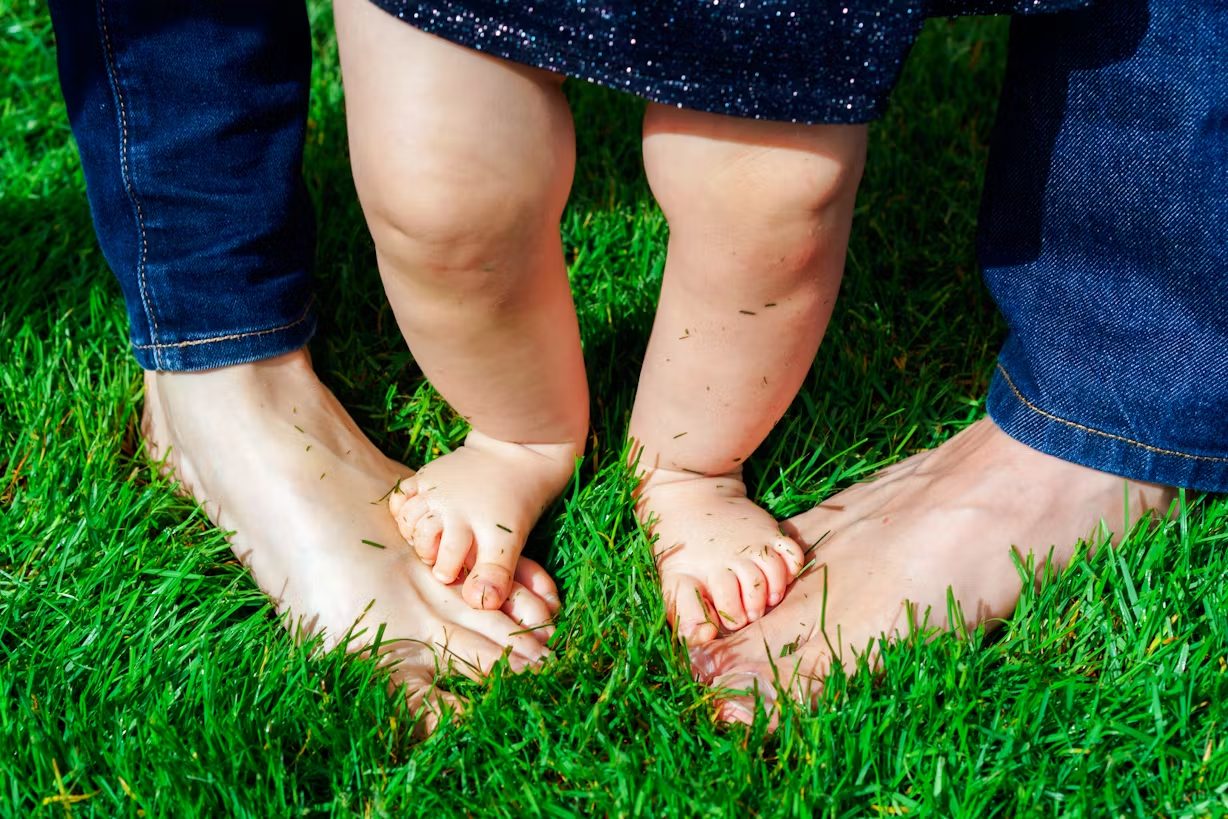

Landscaping Ideas
Why Do Babies Don’t Like Grass
Published: January 29, 2024
Discover effective landscaping ideas to create a baby-friendly outdoor space. Learn why babies may not like grass and how to design a safe and enjoyable environment.
(Many of the links in this article redirect to a specific reviewed product. Your purchase of these products through affiliate links helps to generate commission for Storables.com, at no extra cost. Learn more)
**
Introduction
**
Babies are a source of endless fascination. Their adorable coos, tiny fingers, and curious gazes captivate our hearts. However, have you ever noticed how some babies seem to recoil at the touch of grass? It's a common sight at parks and gardens – a parent places their little one on the grass, only for the baby to scrunch up their face and cry. This aversion to grass in babies raises an intriguing question: why do babies seem to dislike grass?
In this article, we'll delve into the possible reasons behind this aversion. From sensory sensitivity to evolutionary explanations, we'll explore the fascinating world of babies and their unique perceptions. Understanding why some babies don't like grass can provide valuable insights into infant development and behavior. So, let's embark on this enlightening journey to unravel the mystery behind babies' aversion to grass.
**
Key Takeaways:
- Babies may not like grass due to their sensitive senses, evolutionary instincts, physical discomfort, and fear of the unknown. Understanding and respecting their reactions can help create supportive environments for their development.
- Caregivers can help babies adjust to grass by gradually exposing them to outdoor environments and providing gentle guidance. Each baby’s unique perceptions and responses should be honored and celebrated.
Read more: Why Do Babies Like Mirrors
Sensory Sensitivity in Babies
**
One plausible explanation for why some babies don’t like grass stems from their heightened sensory sensitivity. Babies, especially newborns and infants, are acutely attuned to sensory stimuli in their environment. Their developing nervous systems are highly receptive to tactile, visual, auditory, and olfactory sensations.
When a baby comes into contact with grass, they experience a multitude of sensory inputs. The texture of the grass against their skin, the variations in temperature, and the unfamiliar tactile sensations can overwhelm their delicate sensory receptors. This sensory overload might lead to discomfort and distress, prompting the baby to express their displeasure through crying or fussiness.
Moreover, babies have a limited ability to regulate their sensory experiences. Unlike adults, who can filter out certain sensations, babies may struggle to process and adapt to novel stimuli. As a result, the sensation of grass against their skin may feel abrasive or unfamiliar, triggering a negative response.
It’s important to recognize that sensory sensitivity varies among individual babies. While some infants may display a strong aversion to grass, others might exhibit curiosity or indifference. Factors such as temperament, developmental stage, and previous sensory exposures can influence a baby’s reaction to grass and other environmental stimuli.
Understanding the intricacies of sensory sensitivity in babies sheds light on their perceptual world. By acknowledging and respecting their sensory boundaries, caregivers can create supportive environments that cater to their unique needs. As we continue our exploration, let’s consider the evolutionary perspective on babies’ aversion to grass.
**
Evolutionary Explanation
**
The aversion some babies exhibit toward grass may be rooted in evolutionary factors that have shaped human behavior over millennia. From an evolutionary standpoint, infants are inherently vulnerable and reliant on their caregivers for protection and nourishment. As such, a degree of wariness toward unfamiliar elements in their environment could serve as a protective mechanism, safeguarding them from potential threats.
In ancestral environments, grassy terrains might have concealed hidden dangers such as insects, reptiles, or uneven surfaces that posed risks to infants. Consequently, a natural aversion to grass could have conferred a survival advantage by discouraging infants from venturing into potentially hazardous areas. This instinctive response may have been advantageous in minimizing the likelihood of accidental harm or encounters with harmful organisms.
Furthermore, early human societies were characterized by nomadic lifestyles and close-knit social groups. Infants were often carried or kept within the immediate vicinity of their caregivers, offering them a secure and familiar environment. An aversion to unfamiliar surroundings, including grassy landscapes, may have reinforced the inclination for infants to remain within the protective confines of their social unit, thereby reducing the chances of becoming separated or exposed to unfamiliar dangers.
While modern-day environments differ significantly from the ancestral landscapes our early human predecessors inhabited, vestiges of these evolutionary predispositions may persist in the behaviors and responses of contemporary infants. The aversion to grass in some babies could be regarded as a vestigial trait, a remnant of adaptive behaviors that once conferred survival advantages in ancient contexts.
By contemplating the evolutionary underpinnings of babies’ reactions to grass, we gain valuable insights into the interplay between human development and ancestral adaptations. As we delve deeper into this captivating subject, let’s consider the potential physical discomfort that babies may experience when in contact with grass.
**
Try introducing your baby to grass gradually, starting with short periods of time and providing a soft blanket or towel for comfort. Encourage them to touch and explore the grass with supervision to help them become more comfortable with it.
Physical Discomfort
**
In addition to sensory sensitivity and evolutionary influences, the physical discomfort experienced by babies when in contact with grass is a compelling factor to consider. The tactile properties of grass, including its texture, temperature, and unevenness, can elicit discomfort or unease in some infants.
Grass, especially when encountered barefoot, presents a novel and varied sensory experience for babies. The sensation of individual blades of grass against the soles of their feet or the exposed skin on their legs can be disconcerting for infants who are accustomed to the consistent and predictable surfaces indoors. The uneven terrain of grassy areas may also pose challenges for babies who are just beginning to explore mobility, as it requires additional effort and coordination to navigate compared to flat, smooth surfaces.
Moreover, environmental factors such as moisture, dew, or heat can further contribute to the discomfort experienced by babies on grass. Damp or warm grass can create sensations that are unfamiliar and potentially unpleasant for infants, leading them to express their discomfort through crying or agitation.
It’s important to note that individual variations in sensory thresholds and motor development can influence how babies perceive and respond to the physical sensations associated with grass. Some infants may adapt readily to the tactile nuances of grass, while others may find the experience distressing or overwhelming.
By acknowledging the potential sources of physical discomfort for babies on grass, caregivers can adopt supportive approaches to acclimate infants to outdoor environments gradually. Providing a soft blanket or mat for babies to sit or crawl on, ensuring that the grass is dry and free of debris, and monitoring their responses can help mitigate the physical discomfort associated with grassy settings.
As we unravel the multifaceted reasons behind babies’ aversion to grass, let’s explore another intriguing aspect: the fear of the unknown.
**
Fear of the Unknown
**
Another compelling factor that contributes to babies’ aversion to grass is the fear of the unknown. Infants are naturally inclined to seek familiarity and predictability in their surroundings, as these elements provide a sense of security and reassurance. When placed on grass for the first time, babies encounter an unfamiliar and uncharted terrain that deviates from the indoor environments they are accustomed to.
The lush green expanse of grass, with its myriad textures, scents, and visual stimuli, represents a departure from the controlled and familiar indoor spaces where babies spend much of their time. This abrupt transition can evoke a sense of uncertainty and apprehension in some infants, prompting them to express their discomfort through vocal protests or withdrawal behaviors.
Furthermore, the open nature of outdoor settings, including parks and gardens where grass is prevalent, introduces a level of sensory stimulation that differs from the enclosed and structured indoor environments. The vastness of outdoor spaces, coupled with the presence of natural elements such as sunlight, breezes, and ambient sounds, can overwhelm the sensory processing capacities of some infants, leading to a sense of disorientation or unease.
Additionally, the visual and auditory stimuli associated with outdoor environments, including rustling leaves, chirping birds, and distant sounds, may contribute to the unfamiliarity that babies experience when placed on grass. These novel sensory inputs can heighten their vigilance and evoke a cautious response as they attempt to assimilate and make sense of the new surroundings.
Understanding the fear of the unknown as a potential catalyst for babies’ aversion to grass underscores the significance of gradual exposure and gentle guidance in acclimating infants to outdoor settings. By introducing babies to outdoor environments in a supportive and reassuring manner, caregivers can help alleviate their apprehensions and foster a sense of comfort and security amid unfamiliar surroundings.
As we contemplate the multifaceted reasons behind babies’ reactions to grass, it becomes evident that a nuanced understanding of infant perceptions and responses enriches our appreciation of their developmental journey.
**
Read more: Why Do Wasps Like Fresh Cut Grass
Conclusion
**
The enigmatic aversion that some babies exhibit toward grass encompasses a rich tapestry of sensory, evolutionary, and emotional factors. By delving into the intricacies of infant development and perceptual experiences, we gain valuable insights into the multifaceted nature of babies’ responses to their environment.
From heightened sensory sensitivity and vestiges of evolutionary adaptations to the physical discomfort and fear of the unknown, the aversion to grass in babies reflects the complex interplay between innate predispositions and environmental influences. Recognizing and respecting the individual variations in babies’ responses to grass fosters a nurturing and empathetic approach to supporting their explorations of the world around them.
As caregivers and observers, we can play a pivotal role in facilitating positive and enriching experiences for infants as they navigate the outdoor realm. Gentle guidance, gradual exposure, and responsive attunement to babies’ cues empower us to create supportive environments that honor their unique sensory thresholds and emotional needs.
By embracing a holistic understanding of babies’ aversion to grass, we embrace the richness of their developmental journey and celebrate the wondrous diversity of infant perceptions and responses. Each baby’s journey of exploration is a testament to their resilience, adaptability, and the profound ways in which they engage with the world.
As we continue to marvel at the captivating nuances of babies’ interactions with their surroundings, let us cherish the boundless curiosity, wonder, and tender moments that define the remarkable tapestry of infancy.
Frequently Asked Questions about Why Do Babies Don't Like Grass
Was this page helpful?
At Storables.com, we guarantee accurate and reliable information. Our content, validated by Expert Board Contributors, is crafted following stringent Editorial Policies. We're committed to providing you with well-researched, expert-backed insights for all your informational needs.
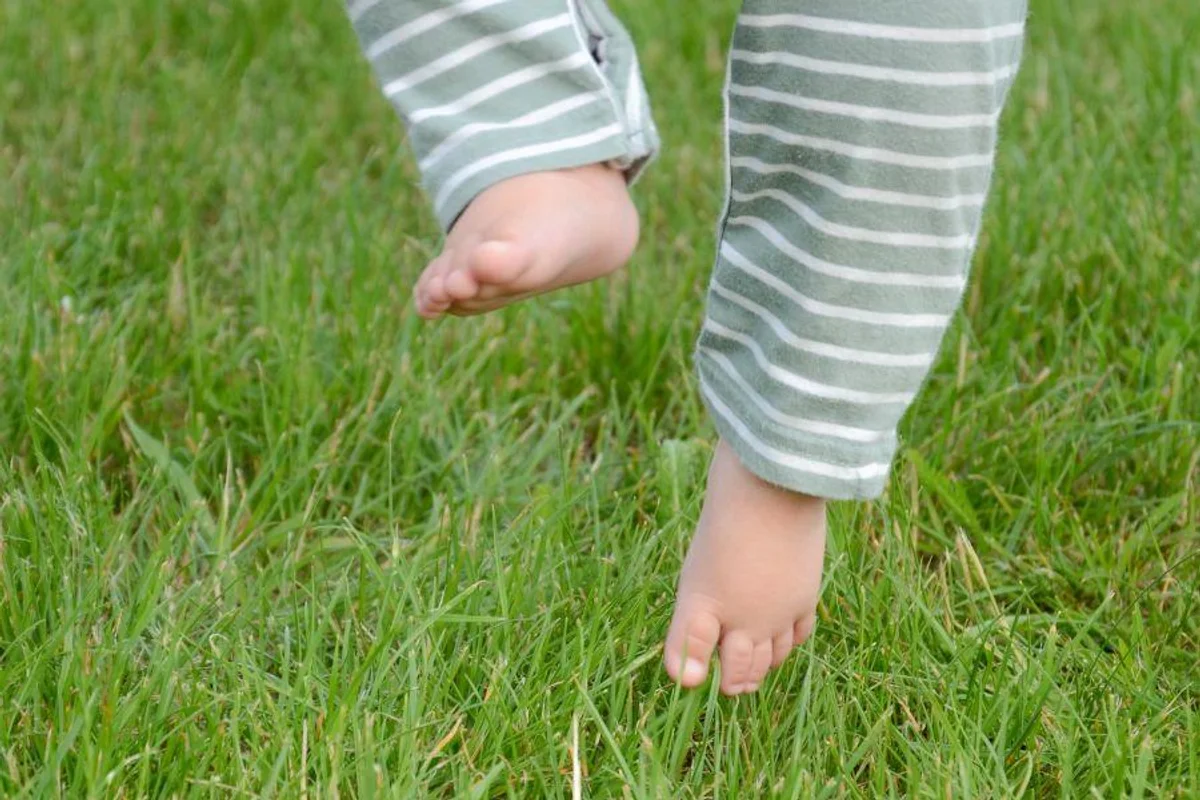
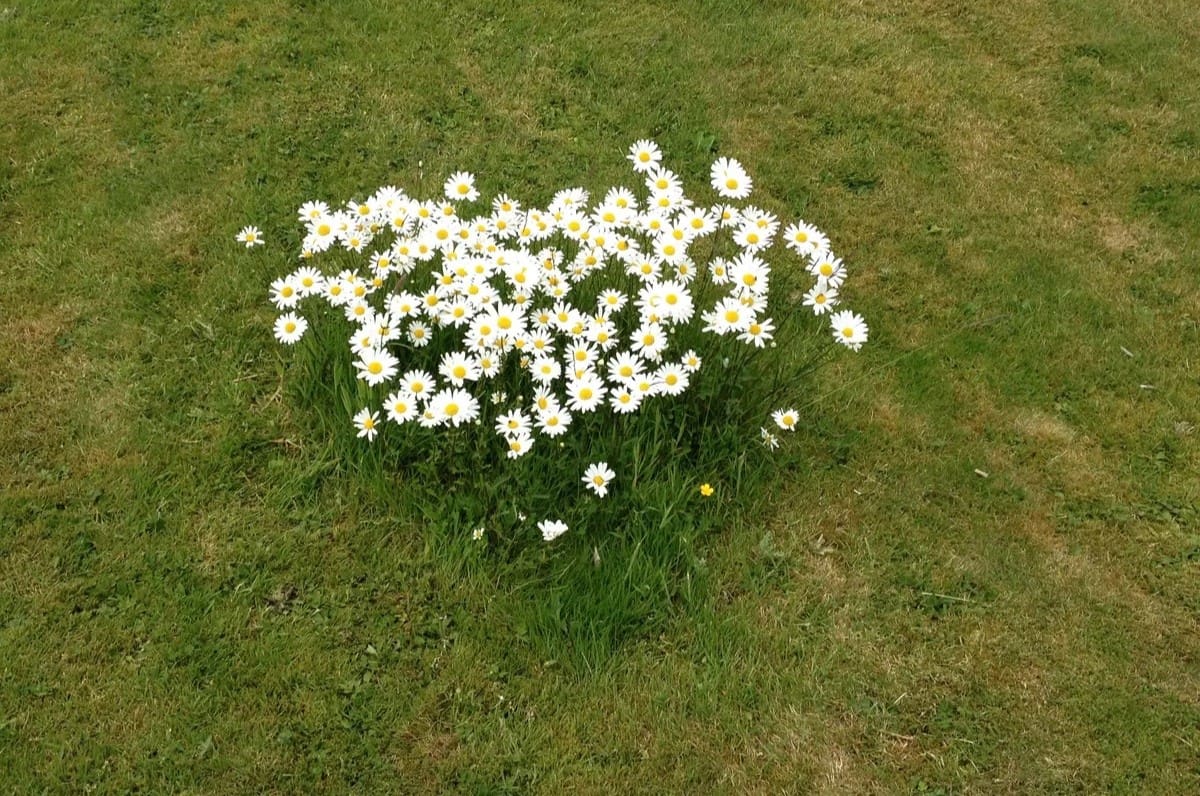



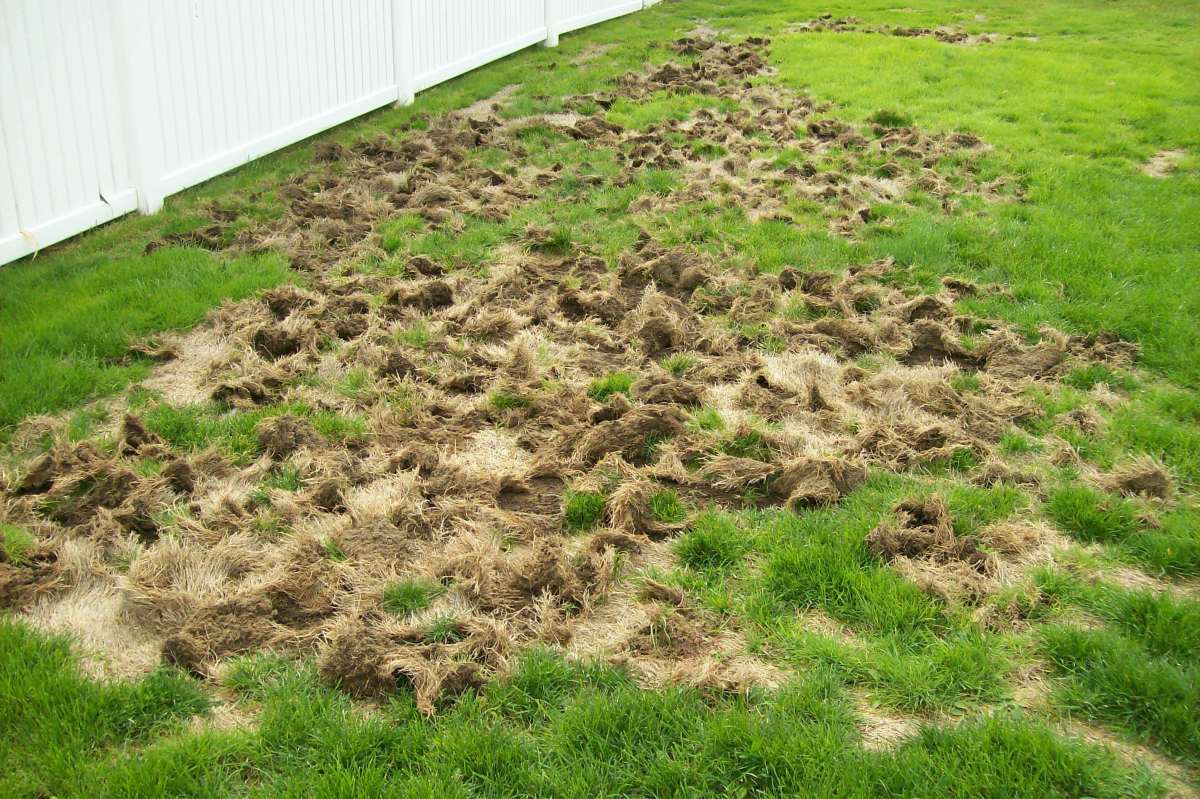
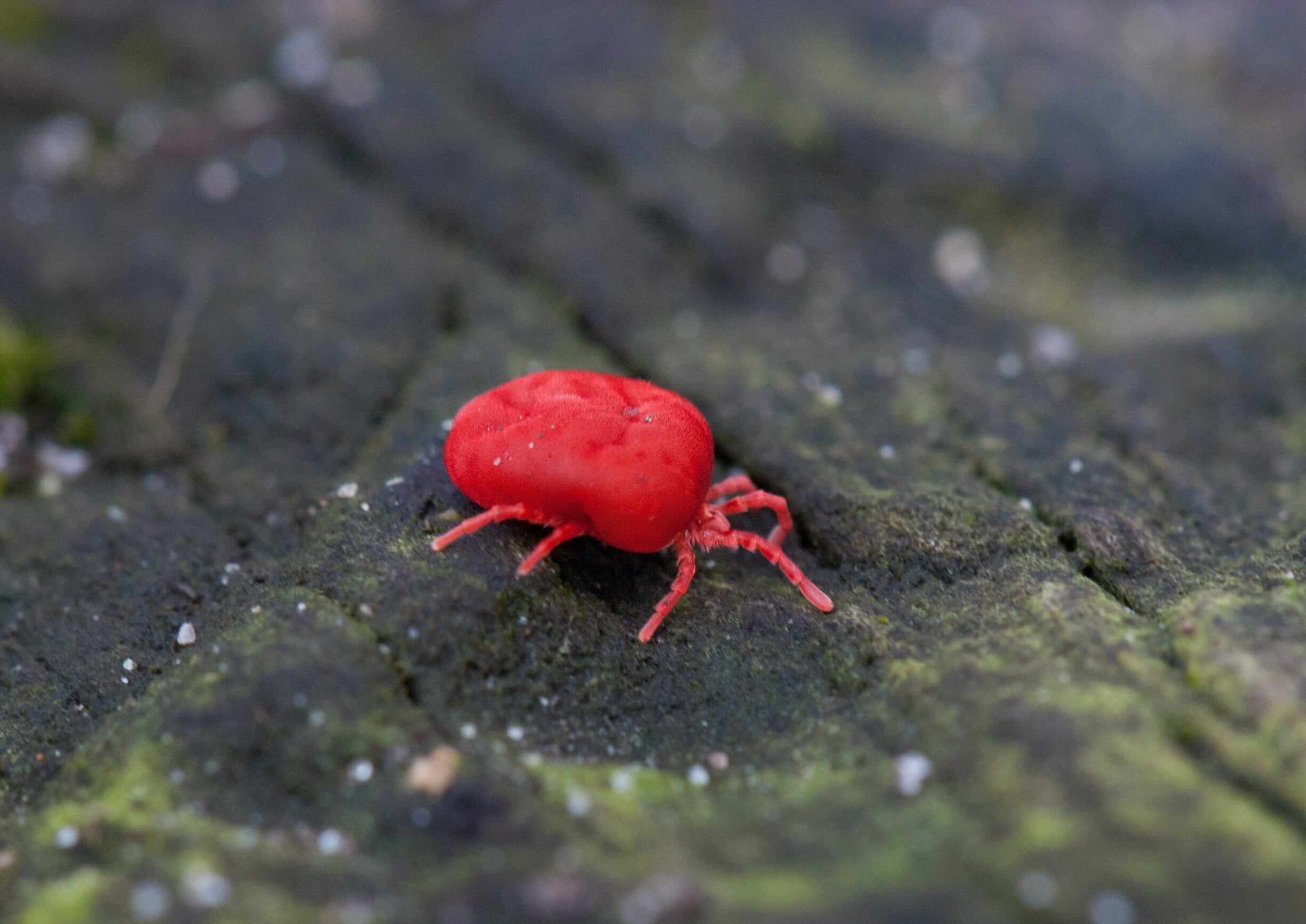
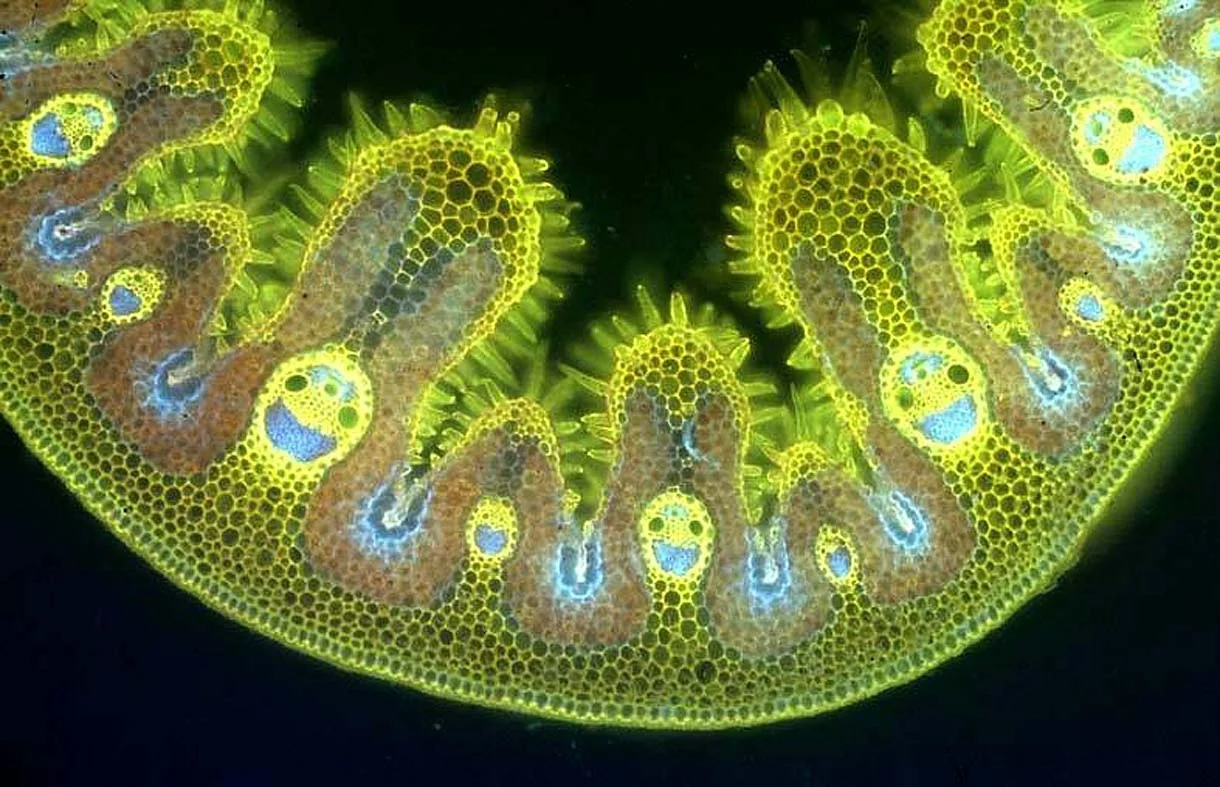
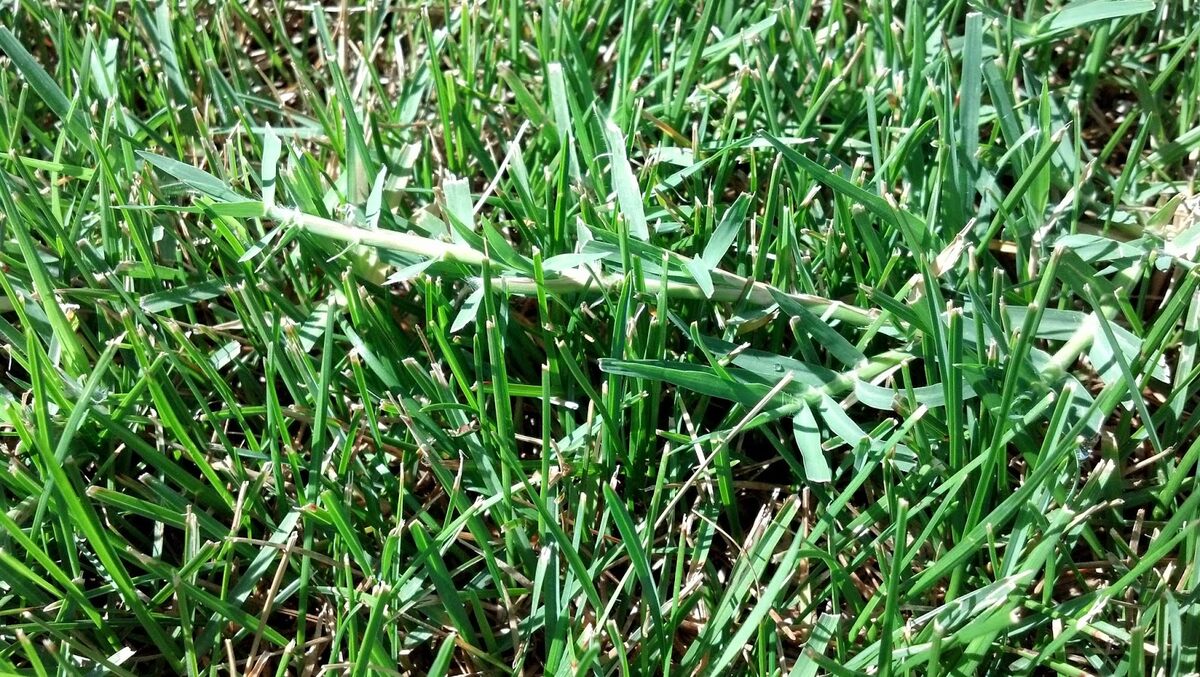

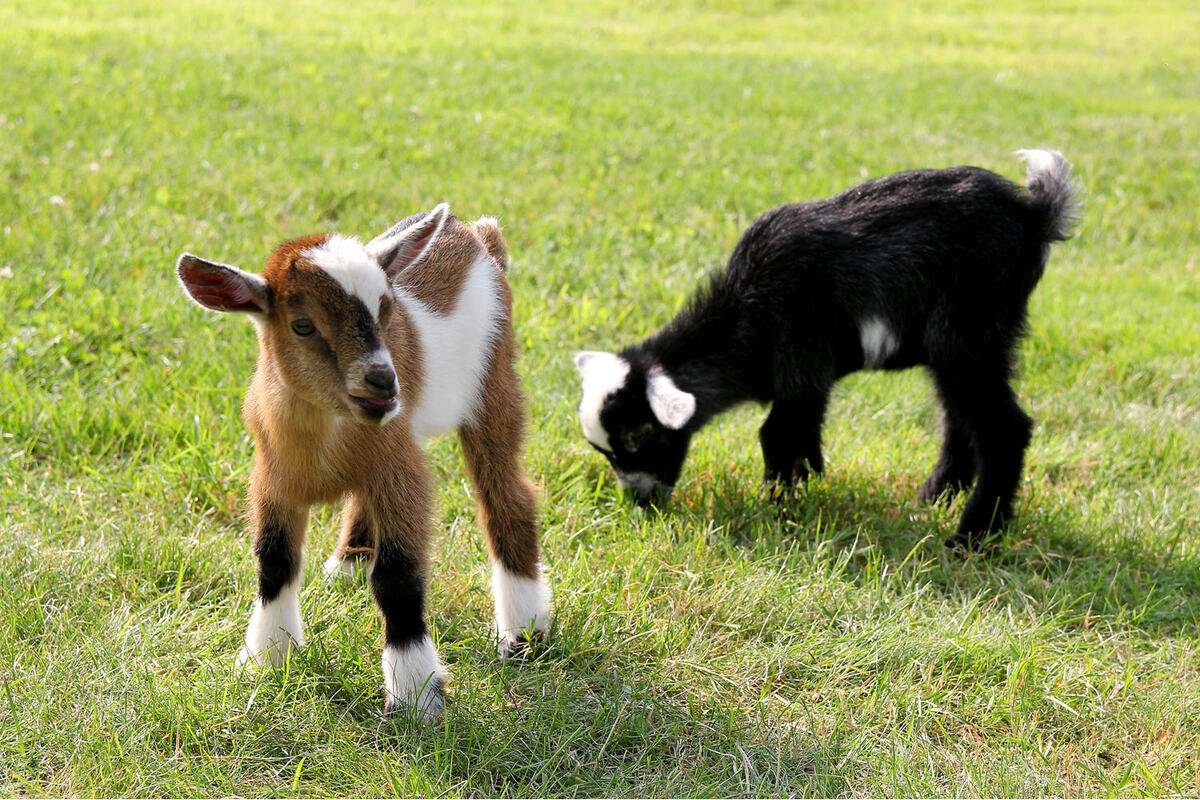




0 thoughts on “Why Do Babies Don’t Like Grass”